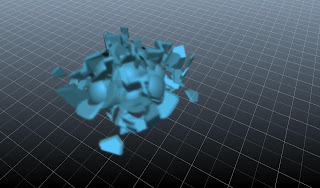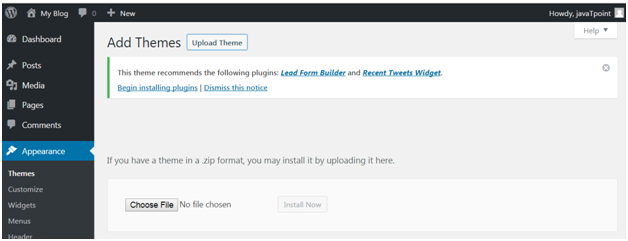

component because WordPress filters out attributes in addition to elements-which brings us to another problem: the slot attribute is not allowed by default. If the template doesn’t appear in your theme when you try it, double check that wp_footer is called in your theme’s footer.php template file. Once we have the template it’s easy enough to add that to the WordPress theme’s footer.php file, but rather than adding it directly in the theme, it’d be better to hook into wp_footer so that the component is loaded independent of the footer.php file and independent of the overall theme- assuming that the theme uses wp_footer, which most do. We’ll be adding the web component from my previous article on interactive web components. any un-encapsulated styles we need are enqueued.any JavaScript we need is properly enqueued, and.our custom element’s template is available when we need it,.Now whichever way we end up adding web components, there’s a few things we have to ensure:


Supercharging Built-In Elements With Web Components “is” Easier Than You Think.Using Web Components in WordPress is Easier Than You Think (You are here).Interactive Web Components Are Easier Than You Think.Web Components Are Easier Than You Think.And, finally, we can add them as the output of a custom block. Second, we can add them as the output of a theme in a theme file.
#How to install html5 theme in wordpress manual
First, through manual input into the site -putting them directly into widgets or text blocks, basically anywhere we can place other HTML. There are three major ways we can add them. Now that we’ve seen that web components and interactive web components are both easier than you think, let’s take a look at adding them to a content management system, namely WordPress.


 0 kommentar(er)
0 kommentar(er)
